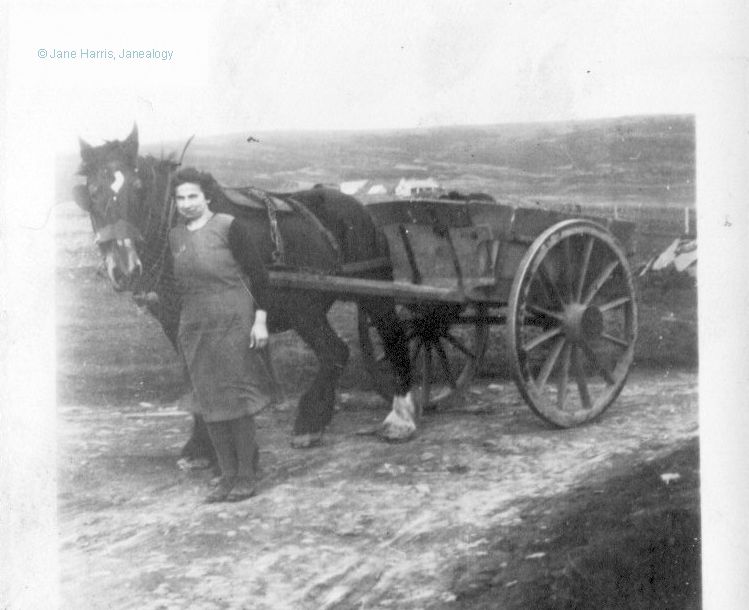Here I’m looking at women’s work for those aged 15 and over; an earlier post looked at employment overall in North Walls and Brims, Orkney.1School leaving age was 14 in 1911 and both female 14 year olds were described as ‘scholars’. Of 203 females in North Walls and Brims, 145 were aged 15 and over, the oldest being 92 but only 50 of them had a ‘personal occupation’ of any sort recorded in the 1911 census.
There are several issues to bear in mind: accuracy of occupations as recorded and particularly the potential under-recording of women’s work generally in the censuses. See Edward Higgs and Amanda Wilkinson’s 2016 article, Women, Occupations and Work in the Victorian Censuses Revisited, for a full discussion on this.2Higgs Edward and Wilkinson, Amanda. Women, Occupations and Work in the Victorian Censuses Revisited. History Workshop Journal. Vol 81 (1). Spring 2016. pp.17–38. https://doi.org/10.1093/hwj/dbw001 That said, it is still an interesting snapshot in time.
Women with no occupation
I’ve chosen the heading carefully as I don’t think for one minute that the majority of these 95 women didn’t work. In the recent words of now deceased island centenarian “A woman was just a slave”. They would work in the house as well as the croft or farm while men generally did nothing in the house.
An example: my maternal grandmother, Jessie Sclater, 24, had no occupation in the 1911 census when she was recorded with some siblings on a farm her father rented abut a mile from the main family farm in Orphir, Orkney. It is absolutely certain that she did work, hard, and kept the accounts, turning in a profit to her father’s surprise for he only expected them to cover the rent money.3Census Scotland 1911. Orphir, Orkney. Sclater, Jessie. 023/ 5/ 2. https://www.scotlandspeople.gov.uk.
Who were the 95 with no occupation?
- 64 married women.
- 15 single women – one aged 15 who might have recently left school, 4 older teens, 5 in their 20s, 3 late 30s/early 40s, one late 40s and one early 70s.
- 6 widows – 3 under pension age (37, 42, 68) and 3 over (72, 76, 92).
- 4 old age pensioners. The first generation to benefit from the State pension.
- 4 described as ‘private means’ so not needing to work.
- 2 described as feeble-minded or lunatic, probably unable to work.
Employment
Only one married woman, the teacher’s wife, had an occupation: she was an assistant teacher. Here I’m looking at where the others did, eight widows and 41 single women, as well as where they worked.
Working for family

- Working on the family farm or croft – 21. One widow, all others single; one housekeeping as well as working on farm. The breakdown is 16 daughters, 2 sisters, 1 mother and 1 cousin. Includes three dairymaids.
- General servant – 2, both single, one a daughter, one a visitor so should possibly be excluded.
- Domestic servant – 1, single, daughter. Implies she worked inside only.
- Housekeeper – 1, widow, head of household.
Working for others
This is a group where the relationship to the head of household was ‘servant’ rather than daughter, sister and so on. It usually highlights those working outside their immediate family but one was probably a sister-in-law here. All single.
- General servant – 5. One at the UF manse, others on crofts or farms. Unclear if indoor or outdoor.
- Specific roles – 6. Five at Melsetter House (the ‘big hoose’) and the estate farm (lady’s maid, cook, kitchen maid, housemaid, dairymaid); one a housekeeper at the established church manse.
Self-employed (‘own account’)
All single apart from six crofters who were widows. 13 in total.
- Crofters – 9. One a shop-keeper too.
- Wool spinners – 3.
- Dressmaker – 1.
Overall this highlights the limited employment opportunities available to women and the importance of female labour on the crofts and farms, small as most of them were.
An example: my paternal grandmother, Walterina Nicolson, 18, was recorded at Affrigate, Brims, as “working on croft”. Also there were her father James, 64, a crofter fisherman, her mother, Helen, 55 (no occupation), brother Wilson, 14, a scholar, and niece Helen, 8, also scholar.4Census Scotland 1911. Walls, Orkney. Nicolson, Walterina. 032/ 2/ 2. https://www.scotlandspeople.gov.uk. Given her father’s age, dual occupation and the lack of other help, I’m sure her work made a difference.
Women’s work across Scotland generally
The 1911 census report states that 30.5% of the female population aged ten years and upward had some “remunerative employment”.5Census of Scotland, 1911, Report on the twelfth decennial census of Scotland. Vol. 1 County of Orkney: Occupations. [Parts 24-37] BPP 1912-13 CXIX [Cd.6097] 1662 http://www.histpop.org : accessed 5 May 2020 Assuming that all those with an occupation in North Walls and Brims did receive some kind of remuneration, by no means a certainty for those working on family farms or crofts, the percentage there is slightly higher at 34.5%.
Changes in women’s work over 50 years
How does this compare with what the 1861 census showed about women’s work in North Walls and Brims? Despite a much higher population, with 330 females, only 49, virtually the same number, had an occupation. They were:
- Dairymaid – 2
- Domestic servant – 23
- Dressmaker – 2
- Farm servant – 11
- Farming – 3
- Grocer – 1
- Innkeeper – 1
- Nurse – 1
- Scholar – 2 (both 15)
- Servant – 1
- Stocking knitter -1
- Teacher – 1.
Out of all the servants, domestic, farm or unspecified, only six were described as ‘servant’ in relation to the head of household, so likely working outside their families. The remaining 30 were variously: head of household (5 widows, 1 married, 3 single ); mother (1), daughter (14 – ranging in age from 19 to 44), sister (3 – ages 32 to 59), sister-in-law (1) and one unspecified but the only person in the household.
Overall, the numbers and certainly the percentage of those working for a non-family employer increased between 1861 and 1911. More jobs at Melsetter House and the main estate farm (five rather than three) make a difference as do two posts with ministers. On the other hand the inn had gone by 1911, its place taken by a post office employing only males, and there was no nurse. (In fact there was no nurse at all in North or South Walls though there was a doctor resident in South Walls.)
The census statistics:
- 1861 – my own transcript and analysis of North Walls and Brims.
- 1911 – mainly Orkney Family History’s transcript of the area with my own analysis. This page will be updated if there are any changes after viewing all of the actual records.

